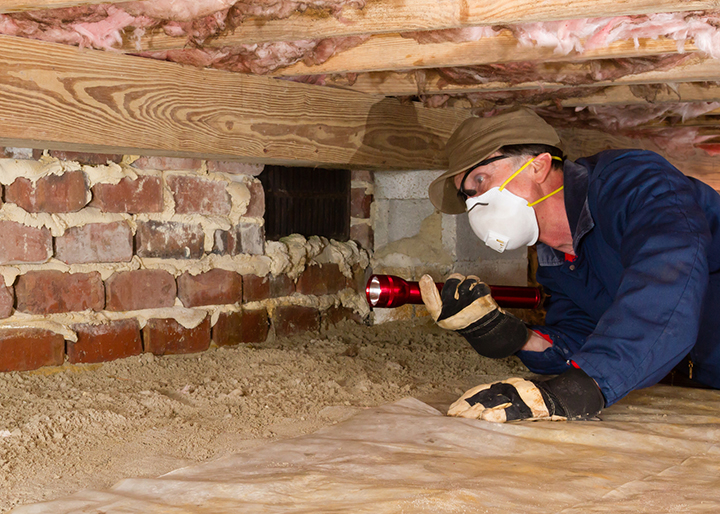Hurricane Season Is Just Around the Corner
Are you Prepared? By Shawn Woedl AccuWeather recently released its 2023 Atlantic hurricane season forecast, and although predictions point towards a less active season, it will still bring certain dangers and the potential for property loss. Tropical weather forecasters at AccuWeather are projecting 11-15 named storms, with four to eight expected to reach hurricane strength. The Atlantic hurricane season begins June 1, so now is the time to prepare your
Read More












